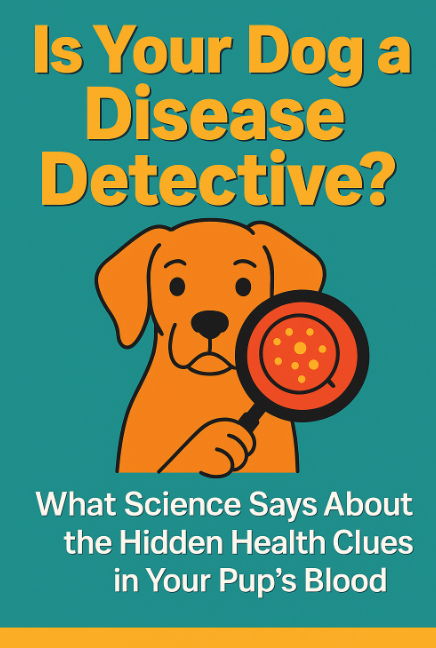
Can Dogs Detect Parkinson’s Disease? Insights and Implications
Parkinson’s disease, a neurodegenerative disorder known for its debilitating symptom of tremors, affects millions globally.
The early diagnosis of Parkinson’s can significantly improve the quality of life for patients through timely interventions. Interestingly, recent studies suggest that an unlikely ally.
Our four-legged friends might help detect Parkinson’s long before symptoms appear.
The Science Behind Dogs Detecting Parkinson’s
Trained dogs have demonstrated remarkable accuracy in identifying individuals with Parkinson’s disease by sniffing skin swabs. In a study conducted, dogs achieved a specificity of up to 98% in identifying Parkinson’s through scent alone.
“Dogs’ olfactory abilities to detect these early changes offer a non-invasive and potentially life-changing diagnostic approach.”
This is not entirely surprising, given the highly sensitive olfactory senses of dogs, which are often used for detecting drugs, explosives, and even illnesses such as cancer.
How Does It Work?
The science lies in the biochemical changes that occur in the body when Parkinson’s is developing, changes that dogs can smell. Biomarkers released by the body during the disease progression alter metabolic pathways, which are then detected as complex odors by dogs.
Applications and Challenges
While the detection ability is promising, several challenges remain:
- Standardization: Although dogs have been proven to detect Parkinson’s, establishing a standardized training and testing protocol is challenging but necessary to ensure consistency.
- Scale: Training a significant number of dogs to accurately detect Parkinson’s disease for widespread diagnostic use poses logistical challenges.
- Scientific Validation: Further research is needed to validate findings across diverse populations and genetic backgrounds.
The Road Ahead
Biomarkers identified by dogs’ noses could be analyzed further to develop electronic sensors or “E-noses,” potentially transforming the early diagnostic landscape of Parkinson’s. If integrated with regular screenings, such technology could serve as preliminary screenings before confirmation via traditional tests.
Implications for Patients
The possibility of early detection means:
- Access to treatments that can slow disease progression.
- More time for lifestyle adjustments that accommodate the disease’s impact.
- Psychological benefits of earlier diagnosis and treatment planning.
Conclusion
The involvement of dogs in medical diagnostics highlights a fascinating intersection of traditional methods with advanced scientific research. As promising as this avenue is, comprehensive testing and integration into mainstream medical practices are essential. The journey from sniff test to clinical outcome reflects the interesting possibilities when nature meets technology.



